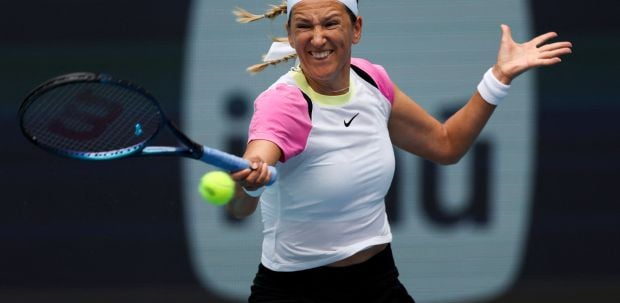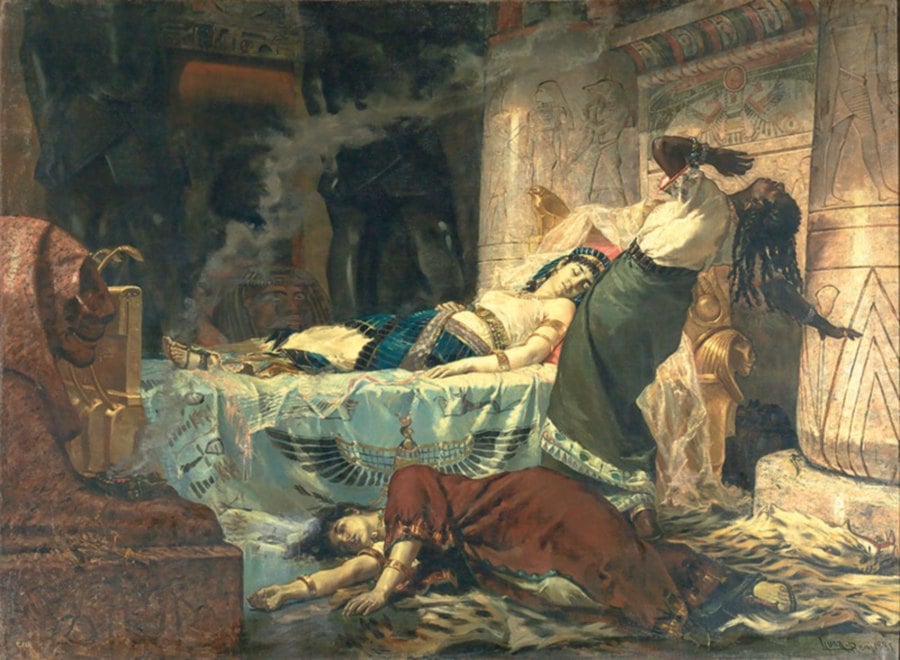
Art is inherently beautiful.And art from the past contains invaluable intimations and perceptions of occasions, circumstances, and societies. I’ve always likened art institutions to marvelous time-machines, and the National Gallery Singapore remains one of my favourite portals to time-travel back into resplendent art pasts.
Under the banner of Century of Light, the gallery brings to audiences two splendid shows: Between Worlds: Raden Saleh and Juan Luna and Colours of Impressionism: Masterpieces from the Musee d’Orsay.
BETWEEN WORLDS
Raden Salleh and Juan Luna’s works are shown together for the first time, courtesy of generous loans from private and public collections around the world, tracing their artistic voyage from Southeast Asia to Europe and back again.
Raden Saleh (c.1811 - 1880)
Born into the aristocratic Hadhrami family of Arab-Javanese descent, Raden Saleh Sjarif Boestaman was hailed as Indonesia’s pioneer modern Romantic artist. His body of works paralleled with the then-19th century romanticism which was the rage in Europe. The artist’s talent was first caught by Antoine A. J. Payen, a Belgian artist who taught the former in Bogor. Raden later obtained a grant to further his art education in Holland where his career thrived. The artist would spend the next decade in Holland, and later brought his magnificent craft to Italy, England, Belgium, France and Germany.
His signature Orientalist animal hunts and fights paintings are legendary. One primary illustration would be the largest known painting of this artist, Boschbrand (Forest Fire) (1849) on display at the Gallery’s UOB Southeast Asia Gallery. This colossal painting measuring 3 by 4 metres portrays an intense scene of bulls and tigers savagely hurtled by firestorms over the brink of an abyss.
Raden Salleh was very much submerged in Western artistic sensibilities, but at the same time, many of his paintings contained clandestine ‘messages’; of inarguable love for his country and the riots warring in his own torn heart.
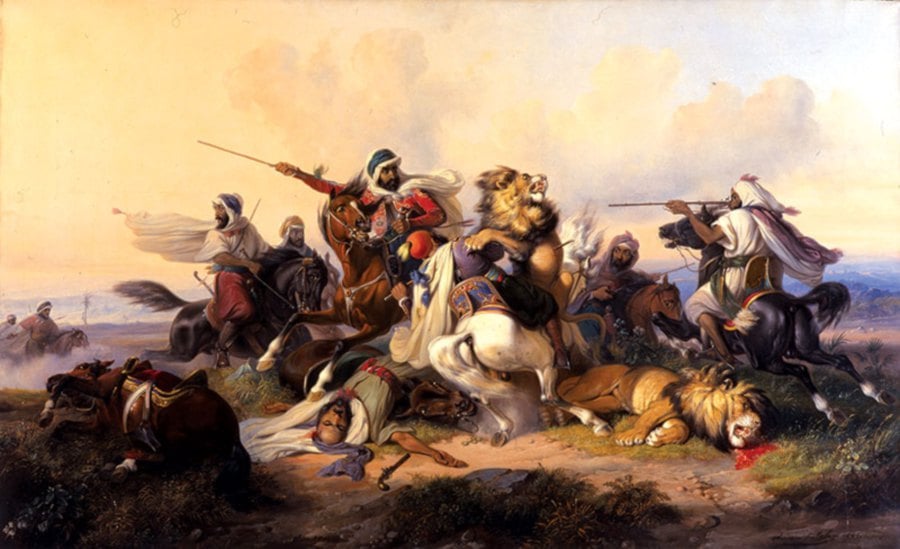
Juan Luna (1857 - 1899)
Juan Luna y Novicio was one of the Philippines’ most celebrated artists (there’s also Felix Resureccion Hidalgo of course, but we’ll save that for another story).A sculptor as well as a political activist, Juan Luna was inherently a patriot with a strongest sense of duty towards his own country. He also longed to show that he was just as accomplished an artist as his foreign counterparts. And that he did, splendidly.
At the 1881 Madrid Exposition of Fine Arts, Luna gifted us with La Muerte de Cleopatra or The Death of Cleopatra. He failed to win the gold medal (and we presume that he couldn’t have cared less) but the attention the painting brought — of renowned critics declaring in unison that the work surpassed his Spanish and Italian contemporaries — was sufficient to appease his nationalistic heart. The Filipino community in Madrid went insane with unadulterated bliss, and Juan Luna earned the respect he craved.
Dr Eugene Tan, Director of the National Gallery Singapore says of the exhibition: “Raden Saleh and Juan Luna are two of the earliest and most significant artists who propelled the prestige of Southeast Asian art around the world in the 19th century. Given the National Gallery Singapore’s commitment to furthering the understanding of Southeast Asian art globally, we are excited to be organising this extensive exhibition featuring their paintings from across the world. Between Worlds will enable the works of Saleh and Luna to become more accessible to our audiences while furthering our understanding of the art histories of Southeast Asia in the 19th century.”
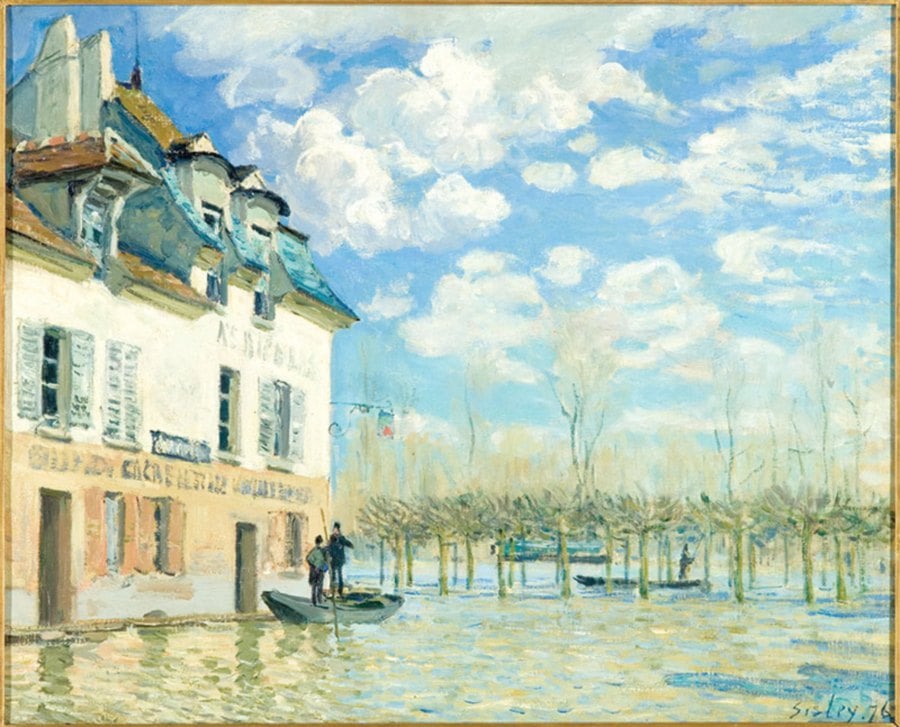
The exhibition is a result of four years of relentless work by the Gallery’s curators — Russell Storer, Clarissa Chikiamco and Syed Muhammad Hafiz — bringing together for the very first time, more than 100 paintings, drawings and archival materials from Southeast Asian, European and American museums and private collections.
“Raden Saleh and Juan Luna have works in the collections of some of the world’s leading museums. In bringing this extraordinary group of works together, we have worked closely with these museums as well as private collectors, libraries and archives. With their support, we have been able to shape a rich and expansive exhibition that will enable people to learn about the remarkable lives and careers of these enigmatic artists, and to appreciate the impact they made in the art worlds in Europe as well as in Southeast Asia,” says Storer, who is also the deputy director, Curatorial & Collections of National Gallery Singapore.
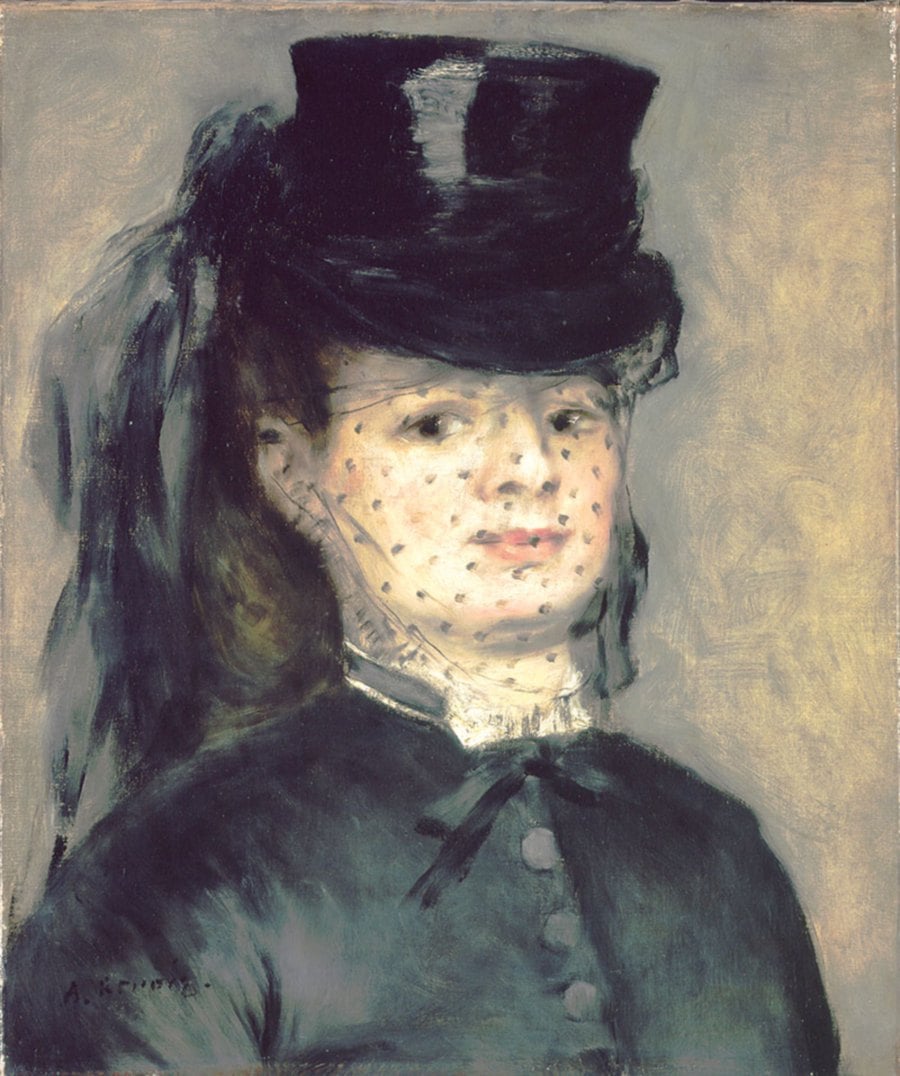
COLOURS OF IMPRESSIONISM
When you think of Impressionism and what stirred the Impressionists, we imagine how Paris must have been at that time; with its non-conformist atmosphere, drug-addled poets and ‘naughty’ literature.
How do we ‘take in’ a work of art? Simple. We allow it to reveal itself, and we permit ourselves to respond towards the moods it yields. Impressionism does that to almost anyone without much difficulty, and owing to its accessibility in terms of interpretation and beauty, its immense body of work is easily recognisable even till today. Even those with minimal art knowledge would probably know these names: Claude Monet, Paul Cezanne and Auguste Renoir.
Impressionism, as Claude Monet described, is “only direct sensation. All the great painters were less or more impressionists. It is mainly a question of instinct”. The Impressionists’ objective was simple; to seize the transitory and sensual consequence of a particular scene — in other words — to paint what the eyes instantly see. The movement which took root in the 1860s soon spread like wildfire all over Europe and later, the United States (think Mary Cassatt, Edmund Greacen, John Ottis Adams, Childe Hassam and Frank Weston Benson).
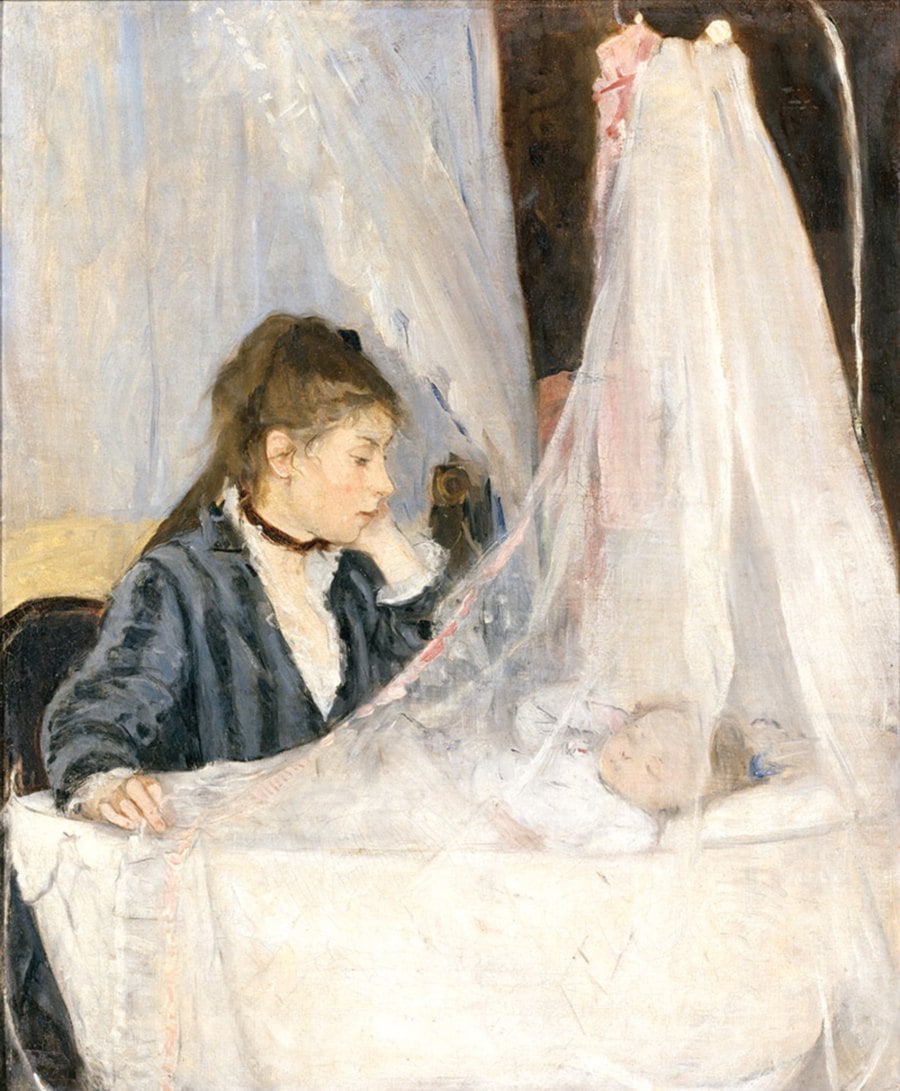
The famous term, “en plein air” or “outdoors” refers to these artists relocating themselves away from their cloistered studios and taking to painting out in the open.
Curated by Marine Kisiel and Paul Perrin from the Musee d’Orsay, the exhibition displays an assemblage of over 60 gorgeous masterpieces by the leading visionaries of the art movement, and shown in thematic divisions centered on colours used by the artists at varying phases of their missions.
Audiences can bask in Le Bassin aux nympheas, harmonie rose (Waterlily Pond, Pink Harmony), a painting focusing on Claude Monet’s beloved themes — his pool with a Japanese style conduit, bursting with waterlilies which he highlighted frequently. There is also Auguste Renoir’s Gabrielle la rose (Gabrielle with a Rose), which gifted new life into the prodigious European ritual of the female nude; and Le berceau (The Cradle), perhaps the most significant work by the First Lady of Impressionism, Berthe Morisot. There are also works by Paul Signac and Henri Fantin-Latour.
The last three names may not be familiar to many, especially Berthe Morisot. Her works are supremely gorgeous — she paints every day moments and turns them into incandescent flashes; a young girl dreamily stares into a mirror as she arranges her hair, another young lass excitedly shares a fairytale with her nanny; whilst in another painting, a woman is fidgety, fussing over her opulent gown as she prepares for the evening’s festivities. Her subjects’ expressions are altogether poignant, melancholic and joyful at the same time.The inclusion of Morisot’s works are pivotal to Century of Light, and a brilliant move by both the National Gallery and Musee d’ Orsay, as she has been usually overlooked in other exhibitions.
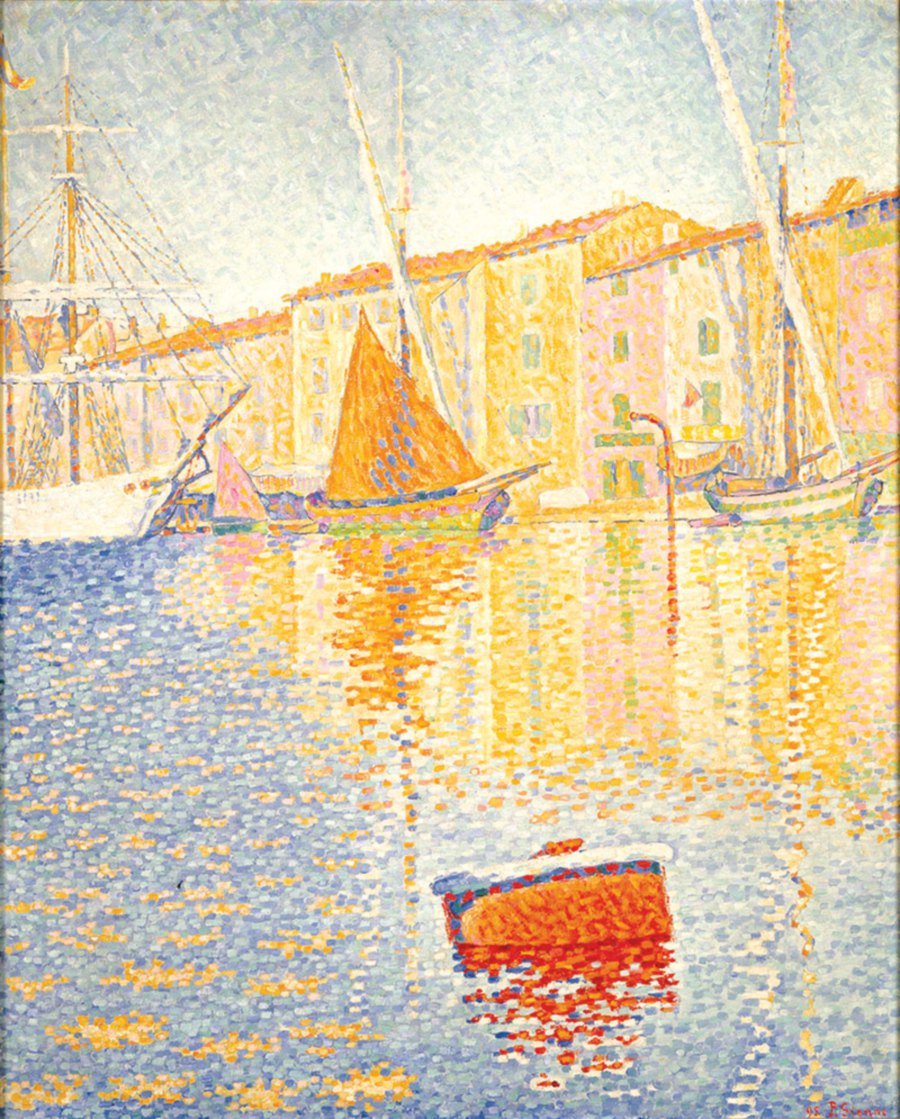
Chua Sock Koong, Group CEO of Singtel, the lead sponsor for Colours of Impressionism says: “We’re pleased to present this extraordinary Impressionist exhibition at the Singtel Special Exhibition Gallery in a first for the region. Housing an exhibition of this scale speaks volumes about the growing recognition of the National Gallery Singapore in the international museum circle. Singtel has a long history of supporting the arts and through our sponsorship, we hope this showcase of stunning masterpieces from the leading figures of Impressionism will reach as many people as possible.
Colours of Light
Between Worlds: Raden Saleh and Juan Luna and Colours of Impressionism: Masterpieces from the Musee d’Orsay.
Where: Singtel Special Exhibition Gallery, National Gallery Singapore, 1 St Andrew’s Rd, Singapore
When: Until March 11, 2018
For more information about the exhibition, please visit www.nationalgallery.sg/centuryoflight



